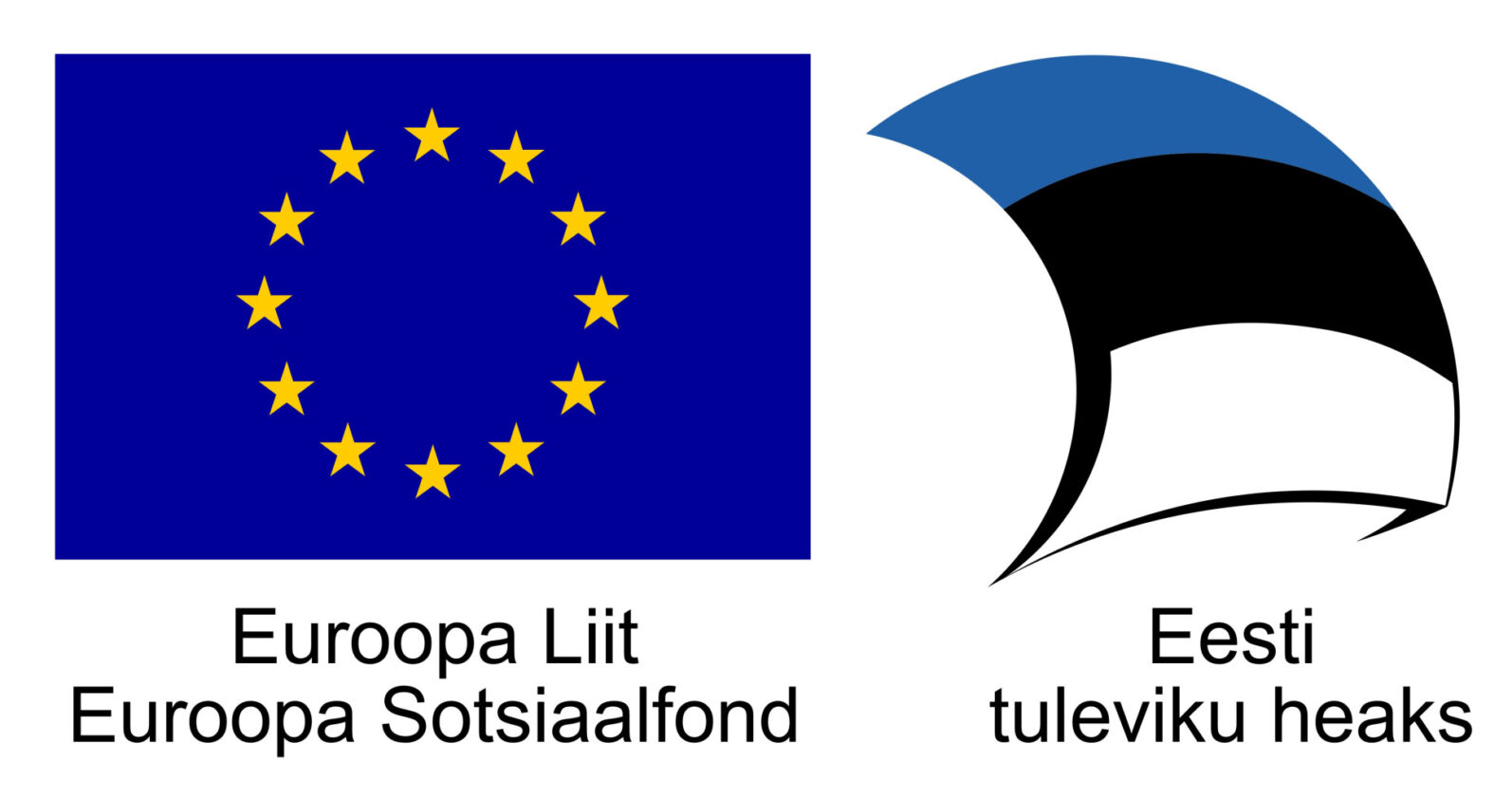Applicability of E-games in Youth Work
Survey on the applicability of e-games in youth work
At a time when the world is becoming increasingly digital, people are looking for ways to harness innovative digital opportunities. This includes exploring new possibilities in various areas of their lives, such as education. Digital game-based learning is fast becoming one of the dominant learning methods in today’s education and youth work. However, the application of e-games and their usefulness in youth work still needs to be discovered. There needs to be more knowledge about which games are best suited to develop competencies, complement curricula or promote youth work.
E-games have become increasingly popular in Estonia. As shown by e-game purchasing statistics, which show that Estonians spent around €8 million on video games in 2020. Today, this figure is estimated to be close to €10 million. The popularity of e-games among young people is also confirmed by the 2019 pupils’ health behaviour survey published by the National Institute for Health Development. According to this, more than half of the respondents aged 11–15 spend more than two hours playing video and TV games on school days. This indicates that the use of e-games is rising in Estonia. Therefore, it is worth exploring how e-games can be utilized among young people and analyzing their potential in youth work.
The aim of the study is to provide an overview of the most commonly used e-games by young people aged 7–16. It will also examine the impact of these e-games on the development of young people’s general competencies. Additionally, the study will explore the potential link between e-games and opportunities and competencies in youth work. Both in Estonia and other countries. The primary data collection methods of the study are focus group interviews with youth workers and young people. An online questionnaire survey will also be conducted.
